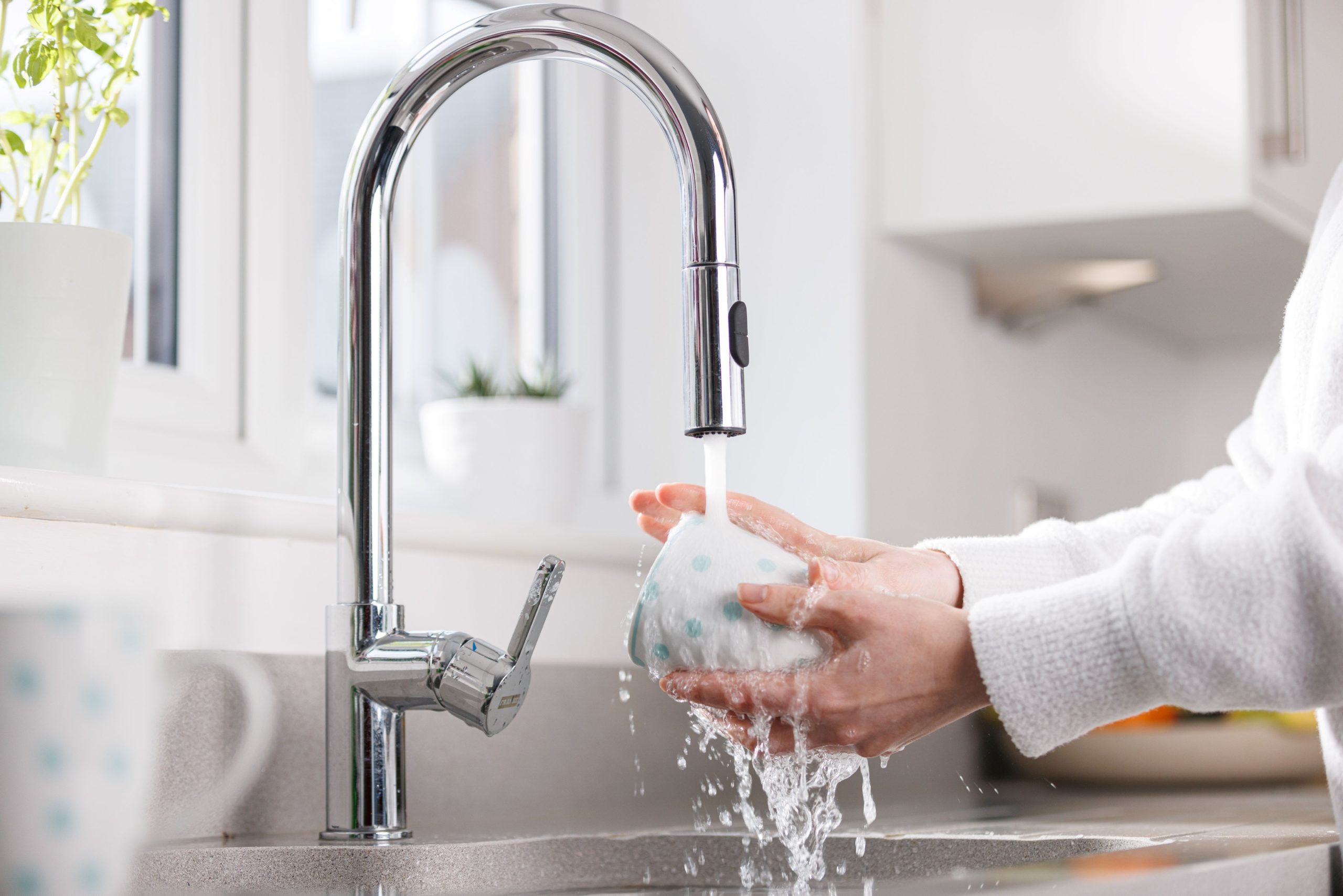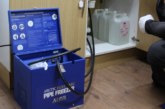
Mike Oxley, Technical Training Manager for Salamander Pumps, discusses the risk factors when it comes to managing water flow and pressure issues in renovation projects, outlining some of the key solutions.
A recent survey by uSwitch has highlighted the motivations amongst homeowners to undertake home improvement projects. With a number of reasons influencing the decision to conduct home improvement work, the survey also highlighted that when it comes to selling homes, bathroom upgrades along with the benefits of downstairs toilets and ensuite bathrooms were amongst the most desirable features to attract potential buyers.
However, when undertaking such upgrades for renovation and remodelling works in bathrooms, washrooms and utility rooms — especially within large buildings — one of the unintended consequences can be the potential drop in water flow and pressure.
Indeed, according to research by Salamander Pumps, 40% of homeowners experience low water pressure and flow daily. Whether it’s a dribbling tap, slow-filling bath, poorly performing shower or the effect on appliance such as a dishwasher or washing machine, the impact is frustrating.
Consequently, as merchants liaise with installers and their customers on renovation projects, it is essential to consider the potential water pressure and flow issues. And alongside areas which would be ordinarily discussed as part of a bathroom or washroom renovation project such as fixtures and fittings, there’s an opportunity to embed water flow and pressure into the conversations.
This ranges from appreciating how issues arise and directing installers to a portfolio of water boosting solutions to ensure it is an issue which is addressed proactively.

Water demand
One of the most significant factors behind flow and pressure challenges is water demand. If projects increase outlet number, the chances of water demand exceeding supply capacity increases. This is particularly true in projects involving larger, multi-level homes where there are already elevated water demands.
Furthermore, installing outlets higher in the home, including loft conversions, usually means more water pressure is needed to reach the top floor, and pressure will drop with each floor.
Calculating water demand through the methods in BS EN 806-3 is a critical early step. This allocates loading units based on flow rates at draw off points, length of time appliances are in use and frequency of use. By mapping demand, pressure and flow, your installer customers can consider the risk of future challenges and assess solutions required.
“According to research by Salamander Pumps, 40% of homeowners experience low water pressure and flow daily.”
Why project materials present challenges
Material factors such as pipe material, size, the number of fittings, valves and turns can exacerbate low water flow and pressure. Although UK Building Regulations (Part G) advises pipe sizing to ensure efficient water delivery without pressure loss or excessive stagnation, post-renovation challenges occur as this is a complex balance.
Lengthy pipe runs can create friction and decrease water pressure and flow rates, whereas oversized pipework can slow water movement and increase the risk of stagnation. Undersized pipes, meanwhile, can create excessive pressure drops and adding turns to the pipework system can potentially increase friction.
Modern taps can also be problematic, especially if they are designed only for high pressure systems or are restrictive by their nature.
Multi-outlet, multi-floor water boosting
Given the risks of water pressure and flow challenges with remodelling works, it is essential for installers to consider the available portfolio of solutions at the start of the project cycle. For example, a single solution designed to boost a household’s water flow and pressure, such as TankBoost, can be considered.
These products are engineered as an all-in-one unit combining a storage tank and integrated submersible pump to support a wide range of property sizes. By combining these features, a solution such as TankBoost increases the water pressure and flow in a mains-fed system up to 3 bar and 80L/min across multiple levels and outlets.
When calculating household water demand in projects, it’s important that installers have access to a range of storage tanks. The TankBoost unit, for example, comes in a range of sizes from 100L to 450L. To increase capacity, there is the option to link additional storage tanks ranging from 100L to 450L for added versatility.

Staying ahead
Water flow and pressure will always be a risk for remodelling works, although there are ways to remain on top of the issue through the recommendation of proactive solutions. By understanding the challenge early on and mapping requirements, merchants can ensure installers and contractors can avoid uncomfortable conversations with clients and direct them to appropriate solutions.
For more information on Salamander Pumps’ range of products and support services for merchants, visit www.salamanderpumps.co.uk










